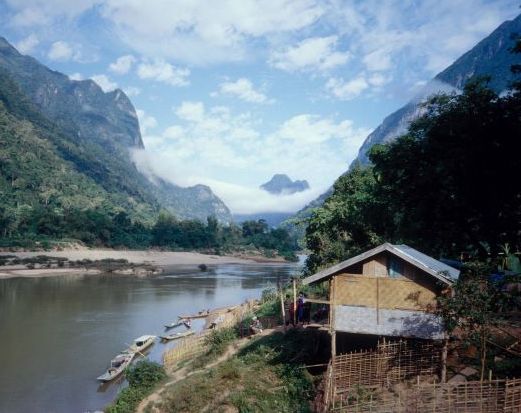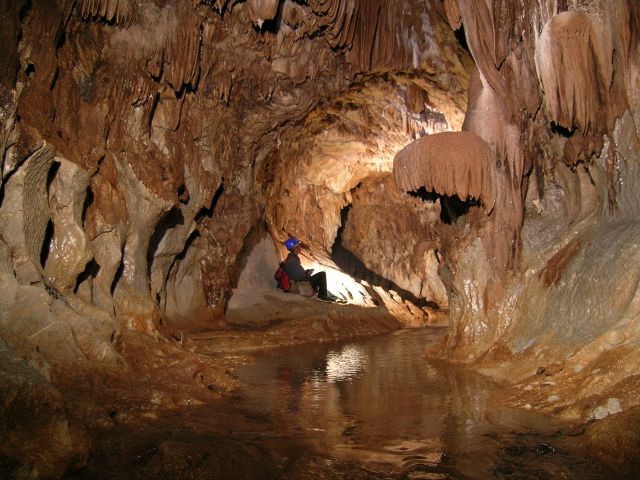



    |
Northern Lao - European |
|
Biospeleology During our 2003/4- and 2005-expeditions, extensive collections of the cave fauna were undertaken . Specimens of arthropods, molluscs and other lower animals were collected by hand and preserved in 70% alcohol. An effort was made to get a sample as representative as possible for each cave. Skulls of bats and other mammals were collected as well. Of living mammals, reptiles and amphibians, only photographic evidence was taken, whenever possible. The identification of fauna collections is a slow and arduous process. A typical collection will contain anything from mammals down to worms. Specialist knowledge is required for identification even beyond the level of orders. Specialists, especially those who are familiar with groups from the tropics, are few and usually overburdened with work. If you are lucky enough to find one willing to take a look at a specific part of your collection, it still may take years until you get results. Descriptions of new species, which are almost inevitably found in every extensive collection of tropical cave fauna, may require major taxonomic reviews and thus take even longer. Therefore, in order to publish this expedition report in due time, the results of our biospeleological research will be restricted to summary data and a few anecdotal observations. Animals typically encountered in Lao caves are:
All in all, during the 2003/2004-expedition, 204 animals were collected in 15 different caves. 17 of them mammals, 14 of them bats, 105 insects, 18 crustaceans, 43 arachnids, 16 myriapoda, 4 snails and 1 worm. During the 2005 expedition, 298 animals were collected in 5 different caves, comprising 3 bat skulls, 85 arachnids, 49 crustaceans, 60 insects, 86 myriapoda, 13 snails and 2 worms.
|